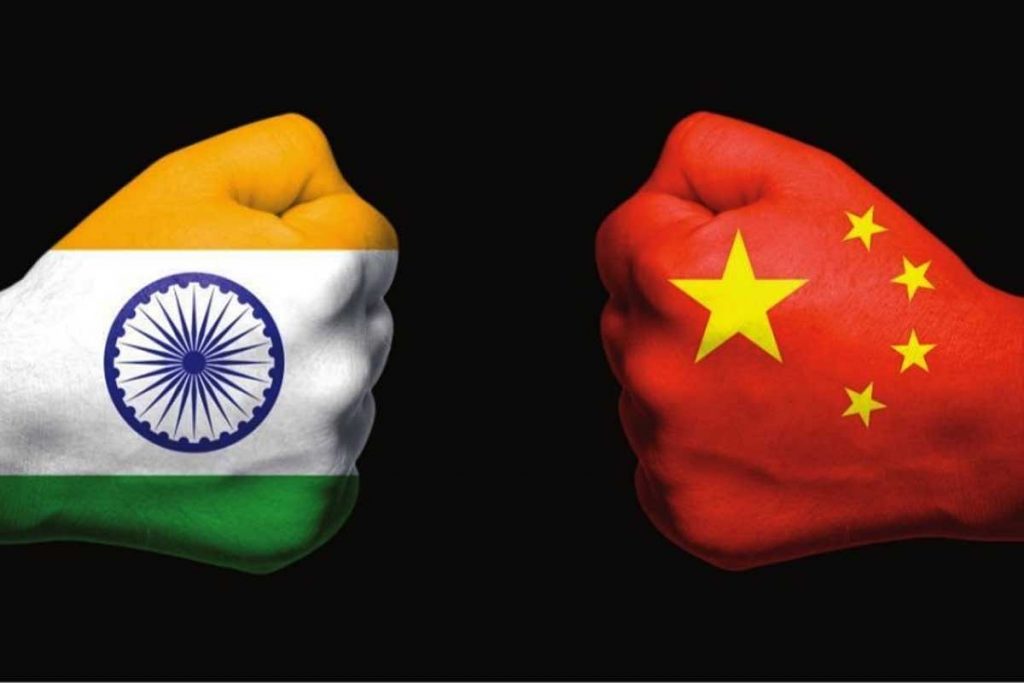Dr Sujata Subhadarshini Nayak
Cultural and economic relations between China and India date back to ancient times – more than 2,000 years ago through the Silk Road. Using this route, Fa Hien had also come to India to study Buddhism.
India was among the first countries to recognise Communist China April 1, 1950 taking the People’s Republic of China as the legitimate government of mainland and stating that Tibet was an inalienable part of it.
While the United States and its allies were opposing the replacement of ‘Republic of China’ at the United Nations until 1971, India advocated the admission of ‘People’s Republic of China’ to the UN and its membership in the Security Council (at the cost of India’s membership to the UNSC), despite the fact that the then Super Powers and other nations supported India’s inclusion as the permanent member of the UNSC. India and China enunciated the ‘Five Principles of Peaceful Coexistence’ known as ‘Panchasheel’ in 1954. On the other hand China has been quashing India’s bid to brand terrorists, frequently terrorising the lives and properties of civilians of India, as global terrorists.
The objective of China had been always to annex northern part of India as Mao was considering Tibet to be the palm of China’s right hand with Ladakh, Nepal, Sikkim, Bhutan, and the North-East Frontier Agency (now known as Arunachal Pradesh) being its five fingers.
The most important issues of the conflict between both the countries are based on Aksai Chin and Mac Mohan Line. While Aksai Chin is a virtually uninhabited high-altitude wasteland crossed by the Xinjiang-Tibet Highway, the McMohan Line was related to the North East Frontier Agency.
Besides, Pakistan also helped China in its expansionist activity. The Shaksgam Valley or the Trans Karakoram Tract, a part of Hunza-Gilgit region of POK, is a disputed territory claimed by India but controlled by Pakistan. The Valley was ceded to China by Pakistan in 1963 with the motive of making the issue of Jammu and Kashmir no more a bilateral one.
The irony is that no Chinese map showed Aksai Chin as its territory before 1920s. Historically, it was a part of Ladakh and British India since mid-19th century. China did not object to Ladakh or Aksai Chin being part of India until a couple of years after 1950, when Indian Constitution adopted the whole of Jammu and Kashmir as its integral territory. During the 1962 war, the Chinese militarily captured Aksai Chin. Even before that China had built a road across Aksai Chin by 1958, while India was busy with its noble ideas of “Non-Alliance” movement, “Panchsheel” and “Hindi-Chini Bhai Bhai” concepts.
The disputed McMahon Line was part of the 1914 Simla Convention signed between British India and Tibet, the border country of British India then. China has never accepted that border. The irony is that at the same time it recognised the McMahon Line in the case of Burma but not when it came to the Indian border.
In Nathu La pass and Chao La pass, alongside the border of the Himalayan Kingdom of Sikkim, an Indian protectorate at that time. During the Indo-Pakistan War of 1965 China issued an ultimatum to India to vacate the Nathu La pass and encouraged Sikkim’s population to break away from India decisively and declare independence. Eventually, in 1975, Sikkim did the opposite and voted in a referendum to join India as a state.
Doklam, a territory near Bhutan, claimed by both China as well as India’s ally Bhutan, is strategically located close to the Siliguri Corridor. In 2017 the Chinese tried extending an existing road southwards in Doklam. Indian troops, with the help of their Bhutanese counterparts, objected to the move, resulting in stand-off. Road construction would have brought the Chinese military closer to the Indian border in West Bengal and exposed the Jampheri ridge to the possibility of Chinese presence, creating serious security vulnerability for the Silguri Corridor.
On June 15 2020, China had planned an attack on Indian troops in eastern Ladakh’s Galwan. India lost 20 soldiers, including Commanding Officer Colonel Santosh Babu. The whole world was shocked as China violated the three key bilateral agreements of 1993, 1996, 2013 regarding maintenance of peace and status quo on the disputed Line of Actual Control.
There was an intelligence warning from Indian side that China is using academics, scholars, businessmen, professionals and even journalists to mount intelligence operations in India. The warnings were proved true when the Delhi Police nabbed journalist Rajeev Sharma with a Chinese woman, Qing Shi, and a Nepalese man, Sher Singh, who were arrested on charges of spying and for passing on sensitive information to Chinese intelligence agencies in the in September 2020. Sharma was being paid around $500 for each assignment and had received around Rs3 million since 2019.
In India, China has made about 40,300 cyber attacks in 2020 itself. Those were mainly aimed at denial of service, hijacking of Internet protocol and phishing. The Government of India banned several apps of China in 2020 as hacker groups in China were targeting Indian institutions like ministries, large businesses, media organisations and IT infrastructure. India topped the list of countries that were on the radar of Chinese hackers.
In another story, in 2017, Indian Air Force (IAF) made the details of its preliminary inquiry on the crash of its Sukhoi 30 Fighter. The investigation of IAF revealed that Sukhoi jet was drowned by cyber weapons by China.
China is also driving a wedge between centuries-old Indo-Nepal relations to quietly colonise the Himalayan country and is insisting Nepal to take back the Gorkhas from India so that the Gorkha Regiment can be demolished. In this way, China has always proved to be treacherous as against the good will of India.
The writer is the Additional Sub-Collector, Cuttack-Sadar, Odisha. The views are personal.
